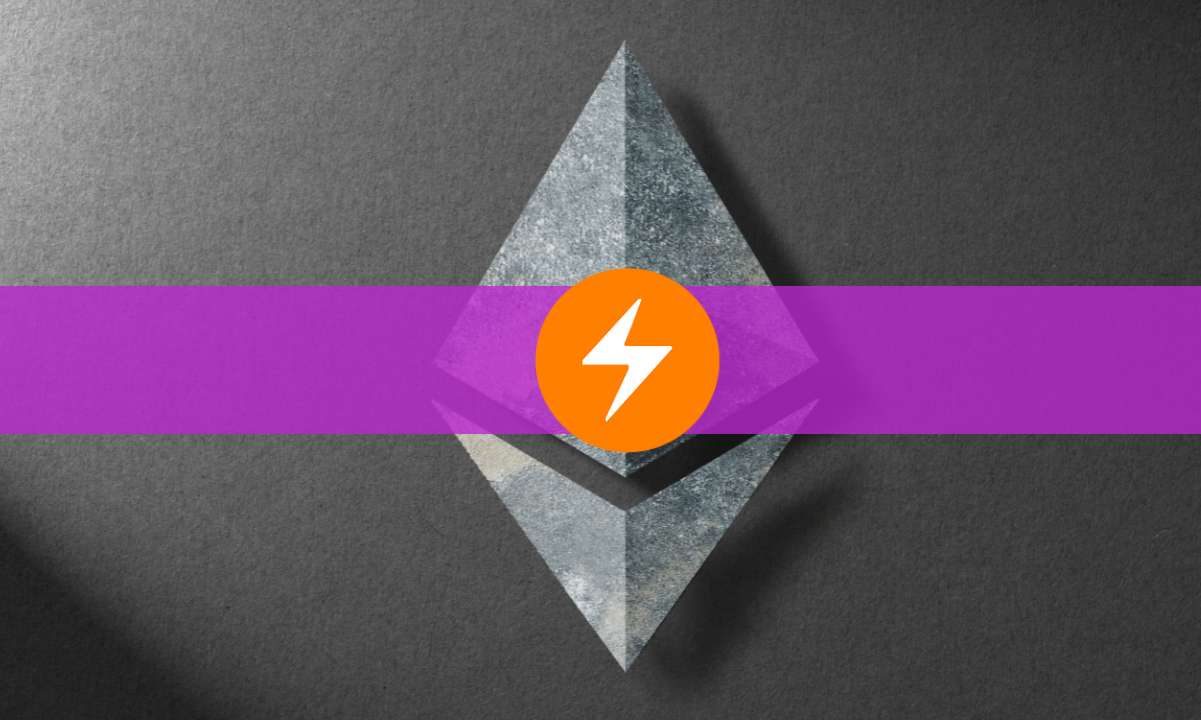Bitcoin Spark (BTCS) and Ethereum are prominent cryptocurrencies standing out as compelling choices for potential investors in 2023.
Bitcoin Spark’s innovative mining approach and Ethereum’s technological advancements and market resilience make them interesting options in the 2023 crypto landscape.
Bitcoin Spark (BTCS)
BTCS stands out as one of the interesting cryptos to watch in 2023 due to its innovative approach to mining. The Proof-of-Process (PoP) consensus mechanism and the ability to rent processing power for various tasks make it a unique project.
The allocation of mining rewards through its robust Bitcoin Spark application and the stability introduced by a proposed stablecoin add to its appeal. The ongoing BTCS ICO at the current price and the potential for returns contribute to its allure. Currently, in phase six, BTCS is at $2.75, with an 8% bonus.
After a successful smart contract audit and KYC, BTCS has a strong focus on compliance, stability, security, and transparency of its infrastructure.
BTCS Mining
Bitcoin Spark (BTCS) seeks to revolutionize cryptocurrency mining by making it more inclusive and user-friendly while enhancing network security and decentralization.
A central feature of the Bitcoin Spark experience is its dedicated application, which serves as an easy way for investors and miners to enter the BTCS ecosystem. Compatible across various platforms like Android, iOS, Mac, Linux, and Windows, the app prioritizes availability, simplicity, and ease of entry.
The PoP system rewards miners or validators for confirming blocks and offering processing power for tasks on the network. The energy and effort needed for block confirmation are modest, while the reward is calculated using an algorithm that emphasizes processing power, ensuring no one can dominate the network. The Bitcoin Spark app will have a calculator to help validators assess profitability before getting involved.
Ethereum Merge
Ethereum’s introduction of smart contracts, its prominence in NFT transactions, and its continuous efforts to enhance scalability and sustainability through critical upgrades like the Ethereum merge underline its central role and influence in the ever-evolving blockchain and cryptocurrency ecosystem.
A defining feature of Ethereum is its ability to execute smart contracts autonomously where the terms are directly written into lines of code.
They enable complex transactions, agreements, and automated processes without intermediaries, thereby broadening the blockchain applications’ scope. Ethereum’s immense impact on the blockchain and cryptocurrency ecosystem is evidenced by its leading position in non-fungible token (NFT) revenues.
How to mine Ethereum
Ethereum initially adopted the Proof of Work (PoW) consensus mechanism. In 2016, the Ethereum network experienced a split into two branches, with one adhering to PoW and the other transitioning to Proof of Stake (PoS). Following the recent Ethereum merge, Ethereum will solely utilize the PoS consensus mechanism.
PoW operates by miners vying to be selected to append their version of transactions to the ledger. This selection is achieved by attempting to guess a complex alphanumeric string from countless possible combinations. The more potent a computer network, the quicker it can generate guesses, increasing the odds of finding the correct solution.
Upon correctly guessing the string, a participant can submit their ledger copy for community verification before it gets added to the blockchain. They are then rewarded with a certain amount of ETH cryptocurrency.
However, any attempt to deceive the system by incorporating fraudulent transaction records would be rejected by the community, leading to the loss of the reward. Essentially, fair play is incentivized, while cheaters face penalties.
An individual would need computing power to control over 51% of the network to successfully cheat the system, which is an expensive and challenging task. Critics often point out the environmental impact of PoW, and the Ethereum Merge transitioning to a purely PoS system is expected to save energy by 99%.
More on BTCS and ICO here:
Website: https://bitcoinspark.org/
Visit BTCS Presale: https://network.bitcoinspark.org/register
Disclaimer: The above article is sponsored content; it’s written by a third party. CryptoPotato doesn’t endorse or assume responsibility for the content, advertising, products, quality, accuracy, or other materials on this page. Nothing in it should be construed as financial advice. Readers are strongly advised to verify the information independently and carefully before engaging with any company mentioned and do their own research. Investing in cryptocurrencies carries a risk of capital loss, and readers are also advised to consult a professional before making any decisions that may or may not be based on the above-sponsored content.
Readers are also advised to read CryptoPotato’s full disclaimer.
Binance Free $100 (Exclusive): Use this link to register and receive $100 free and 10% off fees on Binance Futures first month (terms).
PrimeXBT Special Offer: Use this link to register & enter CRYPTOPOTATO50 code to receive up to $7,000 on your deposits.

